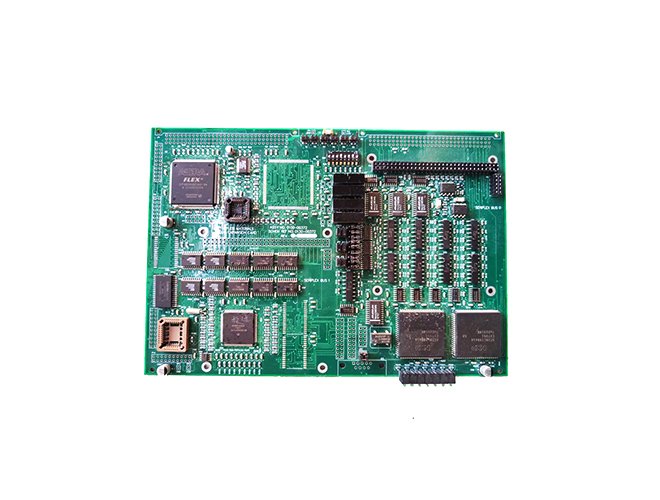-
CN
-
Service Hotline
+8618129931046 Mr. Liao


Time:2025-05-15 Views:1

The layers of special PCBs play a vital role in determining their overall performance, functionality, and reliability. Understanding the composition and purpose of each layer is essential for designing and manufacturing high-quality special PCBs.
The core layer, also known as the substrate layer, forms the base of the PCB. In special PCBs, the substrate material can vary widely depending on the application requirements. For example, in high-frequency PCBs, materials with low dielectric constants and low loss tangent are chosen to minimize signal degradation. In flexible PCBs, flexible materials like polyimide are used to provide bendability. The core layer provides mechanical support and electrical insulation for the entire PCB.
On top of the core layer, there are the conductive layers, which consist of copper traces. These traces are the pathways for electrical signals and power. In special PCBs, the design of the conductive layers can be highly complex, especially in multilayer PCBs. The copper traces are patterned using photolithography and etching processes to create the desired circuit layout. In high-density special PCBs, the traces can be extremely narrow, allowing for a higher component density and more complex circuit designs.
Insulating layers are used to separate the conductive layers and prevent electrical short circuits. These layers are made of materials with high electrical insulation properties, such as epoxy resins. In multilayer PCBs, multiple insulating layers are used to stack the conductive layers, increasing the overall complexity and functionality of the board.
Via layers are another important component of special PCBs. Vias are holes that connect different layers of the PCB, allowing for electrical interconnections between the conductive traces on different layers. In special PCBs, vias can be of various types, such as through-hole vias, blind vias, and buried vias, each with its own advantages and applications. Through-hole vias penetrate the entire PCB, while blind vias only connect the outer layers to an inner layer, and buried vias connect inner layers without reaching the outer surfaces.
In addition to these basic layers, special PCBs may also include other layers such as solder mask layers, which protect the copper traces from oxidation and short circuits, and silk screen layers, which are used for labeling components and providing assembly instructions. Each layer of a special PCB contributes to its overall performance, and the careful design and integration of these layers are crucial for creating high-quality, reliable special PCBs that meet the specific requirements of various applications.